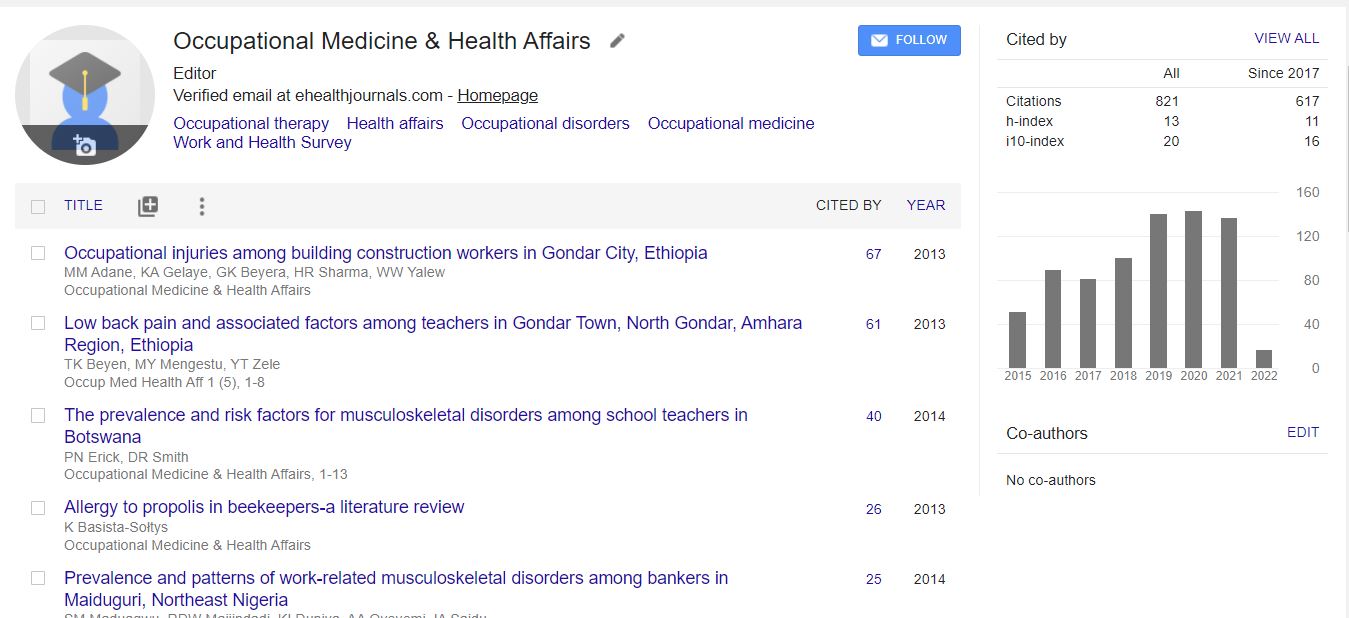Prostate Disorders and Its Evaluation in Relation to Marital Status Among Male Of 40 Years and Above Attending tertiary Health Facilities Lokoja, Kogi State (2022)
*Corresponding Author:Received Date: Feb 10, 2024 / Published Date: Apr 26, 2025
Citation: Ude NA (2025) Prostate Disorders and its Evaluation in Relation to Marital Status Among Male of 40 Years and above Attending tertiary Health Facilities Lokoja, Kogi State (2022). Occup Med Health 13: 568.
Copyright: © 2025 Ude NA. This is an open-access article distributed under the terms of the Creative Commons Attribution License, which permits unrestricted use, distribution and reproduction in any medium, provided the original author and source are credited.
Abstract
Prostate cancer is a significant health concern, ranking as the most commonly diagnosed cancer in men aged 40 and above, with a mortality rate of 71 per 100,000. Early detection through Prostate-Specific Antigen (PSA) screening, though not entirely reliable, remains the most effective method for identifying prostate disorders. This study assessed the prevalence of prostate disorders and their association with marital status among men aged 40 and above. A total of 500 respondents (440 with prostate disorders and 60 as controls) were screened using venous blood PSA tests. Data on socio-demographics and potential risk factors were collected through face-to-face interviews using a structured questionnaire, followed by biopsy and Immuno Histo Chemical (IHC) analysis. Findings showed that among the 440 respondents, 284 were married, and 76 (26.8%) had prostate disorders. The distribution of prostate conditions included 36 cases (13.4%) of prostate cancer, 48 cases (17.9%) of benign prostatic hyperplasia (BPH), 88 cases (32.8%) of prostatitis, while 99 (35.8%) were found normal. The highest prevalence of prostate cancer was observed in the 55–69 age group. Marital status significantly influenced prostate disorder risk, with single men having a higher odds ratio (5.8812) compared to married men (0.1700). This finding supports previous research indicating that marital status plays a crucial role in prostate cancer risk. Therefore, marriage and regular screening should be emphasized for men aged 40 and above.

